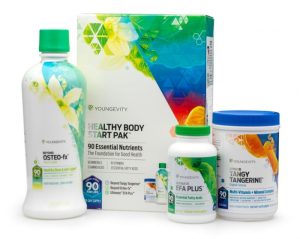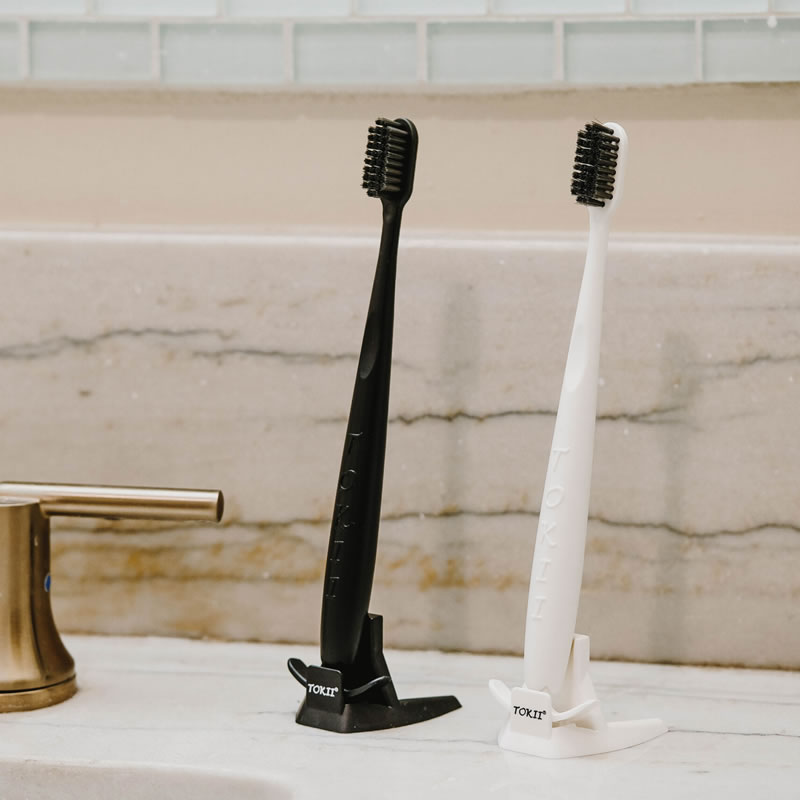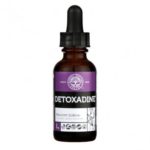Recently something called “Avocado Soybean Unsaponafiables” (ASUs) has gotten a lot of attention. Dr. (Wizard of) Oz and guests on his syndicated television show have raved about it. A European research review determined that it was beneficial for patients with osteoarthritis of the hip. And, according to U.S. National Library of Medicine, ASUs can help reduce the production of inflammatory agents secreted from the body’s defense (immune) system.
 As the name implies, ASUs are derived from avocados and soy. But what exactly are “unsaponifiables”? Well, to understand unsaponafiables, we must first understand saponafiables.
As the name implies, ASUs are derived from avocados and soy. But what exactly are “unsaponifiables”? Well, to understand unsaponafiables, we must first understand saponafiables.
Basically, there are two important classes of active materials we can get from plants. One can be turned into soap; the other can’t. Scientists call the soapy ones “saponafiable” and the rest are said to be “un-saponafiable”. Saponafiables called glucosides are a key ingredient in many “natural” cleansing products. For example, one specific type of glucoside called “decyl glucoside” is a standard issue foaming ingredient derived from the saponafiable components of corn. Unsaponifiables, on the other hand, while valuable are the parts of plants, including avocado and soy that you can’t clean your skin with.
Unsaponifiables account for the much of the nutritional value of plants. Sterols are a particularly beneficial type
“unsap” (as herbalists refer to the more unwieldy unsaponafiable term) nutrient that can help stabilize blood fats and lower blood cholesterol. They may have anti-inflammatory benefits too. Other unsaponifiables get deposited in the skin and eyes where they help protect delicate tissues from the sun. Most eye vitamins will contain a few unsaponifiables like lutein or zeaxanthin. Beta carotene is a particularly important skin health-supporting unsaponafiable that the body can convert into Vitamin A.
Unsaponifiables called terpenes can be used in skin care products to help improve the penetration of active materials. The skin makes its own version of terpenes, and when the ones made by plants are applied to the skin, they tend to gravitate towards the biological one found in the body’s largest organ (the skin). This makes terpenes and terpenes-containing plants extracts particularly effective at penetrating the skin surface into the lower, more active cutaneous layers.
Terpenes also have sun protection benefits. One in particular, called cinnamic acid, is found in cinnamon, citrus fruits, grapes, and Shea butter (made from the African Shea nut), and can detoxify solar radiation and provide a mild sun blocking activity. You can make your own sun protecting moisturizer by mixing some cinnamon with Shea butter, and adding a lemon or orange rind and red wine. Evaporate off the alcohol and water, and what is left behind will be tithe unsaponifiables.
And speaking of Shea butter, when it comes to plant unsaponafiable content, the remarkable African nut butter pretty much tops the list. While most contain 1-2 or maybe 3 percent unsaponifiables, unrefined Shea Butter contains 7 to 19 percent, although once refined and processed, it has much less. Besides the aforementioned cinnamic acid, Shea butter also contains skin-friendly unsaponafiable carotenoids and Vitamin E, both of which are sun protective.
Another important class of unsaponifiables called catechins is found in Green Tea, a beverage enjoyed by hundreds of millions of people around the world. One in particular, best known by its acronym EGCG, is responsible for the remarkable health benefits associated with drinking what is considered to be the world’s most popular drink. EGCG (which is much easier to say and write than the tongue-contorting designation it refers to: epigallicathechin gallate!) is renowned for its health benefits for the heart and circulatory system, joints and skin. ECGC can even help fight cancer. According to the ordinarily skeptical American Cancer Society, ECGC has been shown to act against laboratory-induced cancer cells. Other studies have indicated that EGCG may suppress the spreading of cancer cells and induce their spontaneous suicidal destruction.
In addition to ASU, another unsaponafiable-rich plant has recently become popular, this time in the world of hair care. It called Argan Oil, and you can find it as an active ingredient in many premium shampoos and conditioners. Unsaps from Argan, including polyphenols and tocopherols, have been touted for their anti-hair loss benefits, for moisturizing and softening hair, and for improving split ends and frizziness. And, in an article published in the Journal of Cosmetics in September of 2013, Argan Oil unsaponifiables were shown to provide protection against hair damage associated with coloring processes and dyes.














